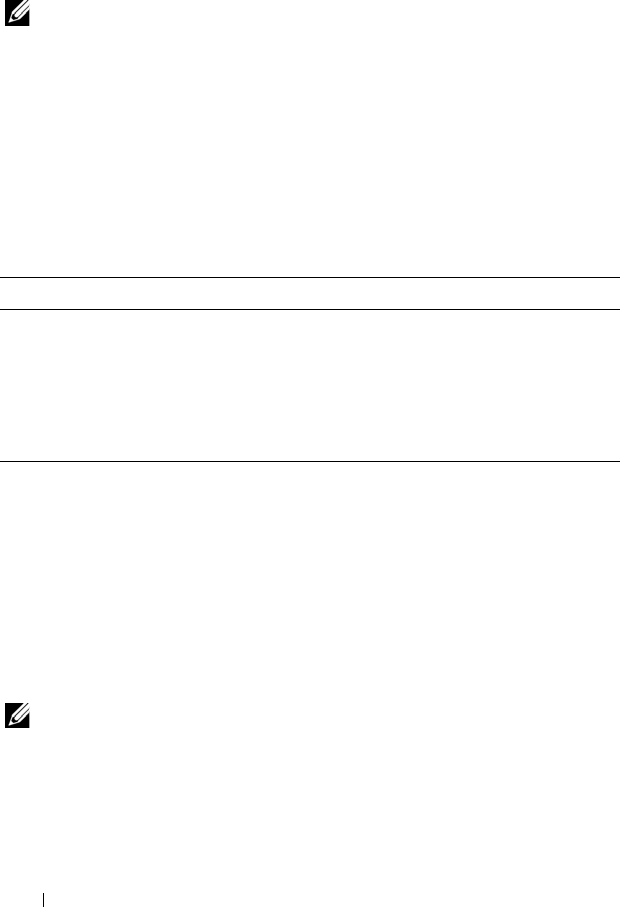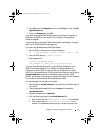
64 Appendix—Manual Configuration of iSCSI
CHAP is an optional feature and is not required to use iSCSI. However, if you
do not configure CHAP authentication, any host server connected to the same
IP network as the storage array can read from and write to the storage array.
NOTE: When using CHAP authentication, you should configure it on both the
storage array (using MDSM) and the host server (using the iSCSI initiator) before
preparing virtual disks to receive data. If you prepare disks to receive data before
you configure CHAP authentication, you lose visibility to the disks once CHAP
is configured.
CHAP Definitions
To summarize the differences between target CHAP and mutual CHAP
authentication, see Table A-3.
Step 5: Configure CHAP Authentication on the
Storage Array (Optional)
If you are configuring CHAP authentication of any kind (either target-only or
target and mutual), you must complete this step and "Step 5: Configure
CHAP Authentication on the Storage Array (Optional)" on page 64.
If you are not configuring any type of CHAP, skip these steps and go to "Step
7: Connect to the Target Storage Array From the Host Server" on page 70.
NOTE: If you choose to configure mutual CHAP authentication, you must first
configure target CHAP.
In terms of iSCSI configuration, the term target always refers to the storage array.
Table A-3. CHAP Types Defined
CHAP Type Description
Target CHAP Sets up accounts that iSCSI initiators use to connect to the
target storage array. The target storage array then authenticates
the iSCSI initiator.
Mutual CHAP Applied in addition to target CHAP, mutual CHAP sets up an
account that a target storage array uses to connect to an iSCSI
initiator. The iSCSI initiator then authenticates the target.
book.book Page 64 Sunday, September 11, 2011 10:24 PM


















